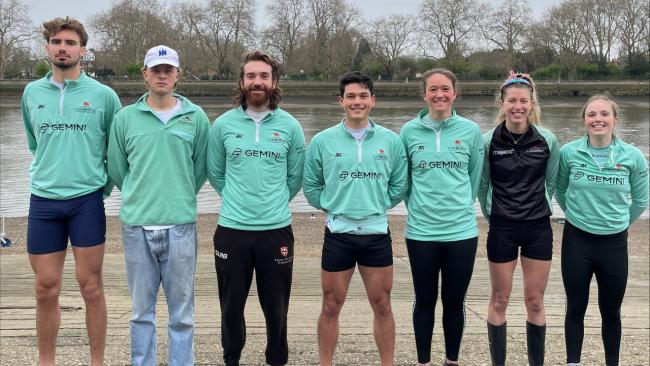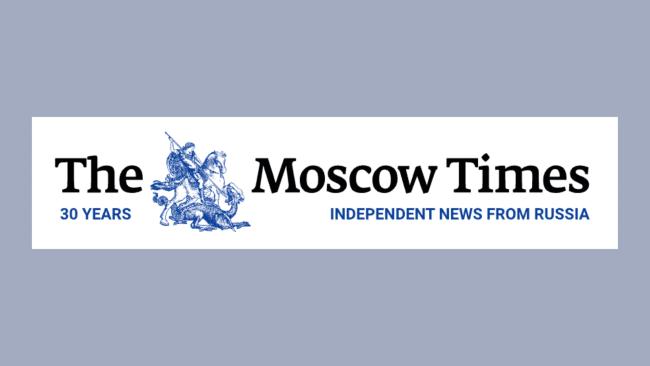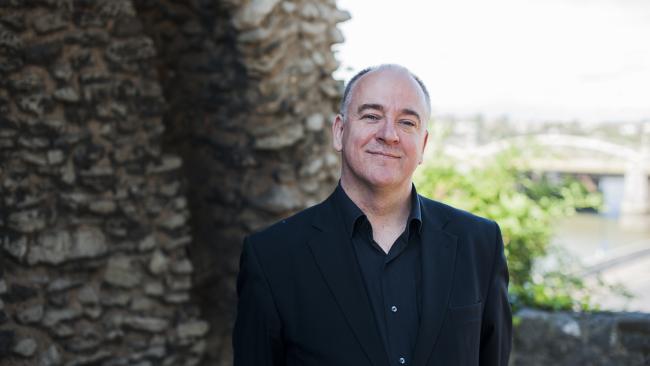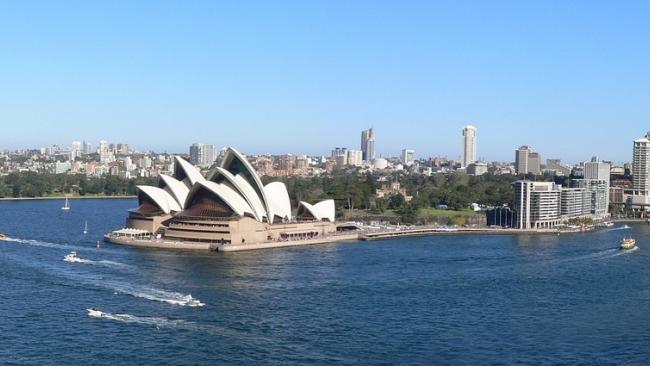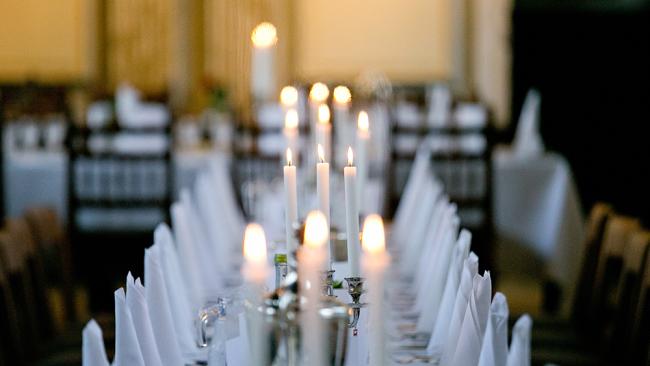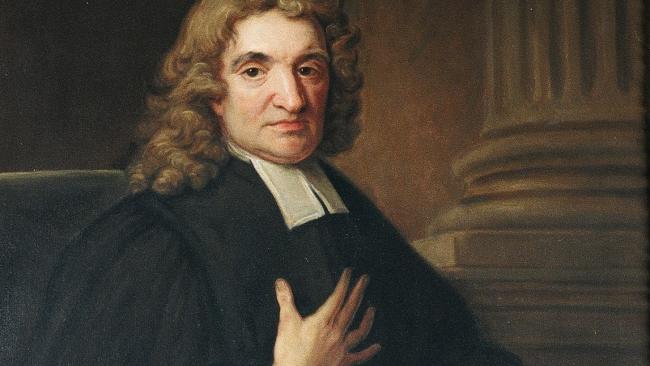
John Flamsteed
John Flamsteed (1646-1719) was the first Astronomer Royal and director of the Royal Observatory at Greenwich from 1675.
John Flamsteed was appointed as King Charles II’s 'astronomical observator' on 4 March 1675. In effect he was the first Astronomer Royal, though that title was not yet formally attached to his post. His task was to run the new Royal Observatory shortly to be built at Greenwich, and he remained in charge there until his death on the last day of 1719.
His Historia Coelestis Britannica (1725), containing a new star catalogue of unprecedented accuracy, and Atlas Coelestis (1729), containing celestial charts, were posthumous publications completed by his widow Margaret and assistants.
An earlier Historia Coelestis (1712) was edited for a committee by Edmond Halley without Flamsteed's cooperation or approval. Most copies were later destroyed by Flamsteed, but it was nevertheless important as the first publication to contain an English star catalogue.
Early life
John Flamsteed attended a Derby grammar school but was not allowed to go on to university because of his ill health (a rheumatic complaint) and his father’s need for help with business. While he remained at home his father taught him arithmetic, and he was encouraged to further studies by friends interested in practical mathematics, astronomy, and astrology.
In November 1669 he addressed a long letter containing astronomical predictions to the Royal Society, which secured his introduction to London scientific circles.
In the following year he visited London, passing through Cambridge along the way and obtaining nominal admission to Jesus College. This seems to have been arranged for him by a Fellow of the College, Richard Wroe, who was named as his tutor.
Four years later, Flamsteed returned briefly to Cambridge and gained his MA degree by royal mandate, which meant he was not required to stay for the usual number of terms.
At Jesus College
During this second visit, Flamsteed wrote a letter to his patron Sir Jonas Moore. Dated 30 June 1674 it assures Moore that Flamsteed is continuing his previous studies in astronomy by reading a borrowed copy of Riccioli’s Astronomia Reformata (1665).
A long discussion of solar tables is followed by comments on more general astronomical topics, including a query about Robert Hooke’s claim to have found a method of observing stars during the daytime.
In conclusion Flamsteed says he “will soone be aweary of Cambridge”, but plans some diversions in the mean time: he hopes to make some observations with his 14ft telescope, to consult Isaac Newton at Trinity College about atmospheric refractions, and to learn something about dissecting from a companion who is “a very dextrous Anatomist”.
Despite the less than enthusiastic tone of this letter, Flamsteed remained in touch with one of the Fellows at Jesus College, James Crompton, and presented at least two volumes that are still to be found in the Old Library: his own Doctrine of the Sphere (1680), and a very fine copy of Kepler’s Rudolphine Tables (1627).
Further reading
- Willmoth, Frances (2004) ‘Flamsteed, John (1646–1719)’, Oxford Dictionary of National Biography, Oxford: Oxford University Press, online edition, Jan 2008.
- Forbes, Eric G., Murdin, Lesley and Willmoth, Frances (1995-2002) The Correspondence of John Flamsteed, the first Astronomer Royal, 3 vols, Bristol and Philadelphia: Institute of Physics Publishing.
- Willmoth, Frances (1997) ed, ‘Flamsteed’s Stars’: new perspectives on the life and work of the first Astronomer Royal, Woodbridge: Boydell and Brewer.
- Baily, Francis (1835) An account of the Revd John Flamsteed, London, reprinted 1966, for Flamsteed's own autobiographical writings.





